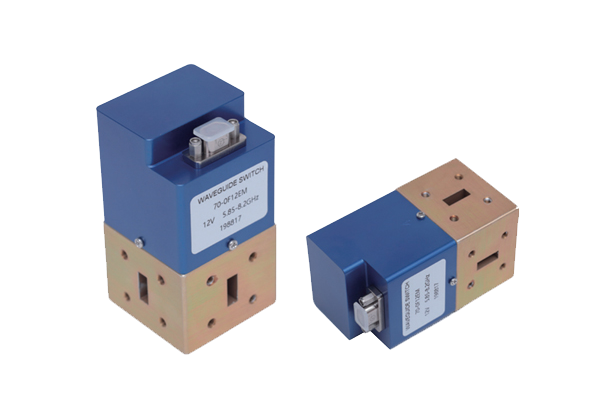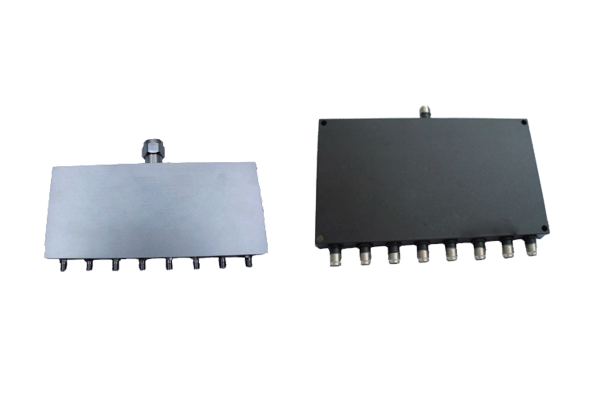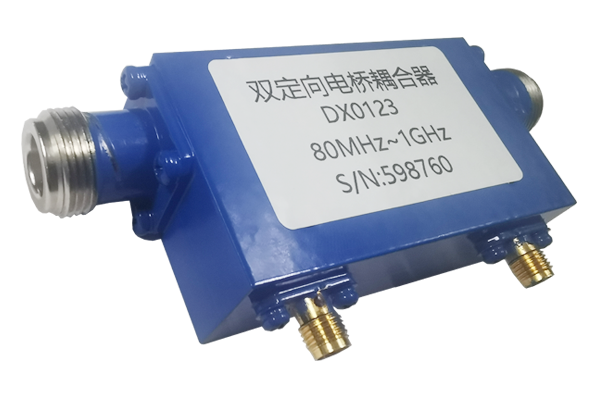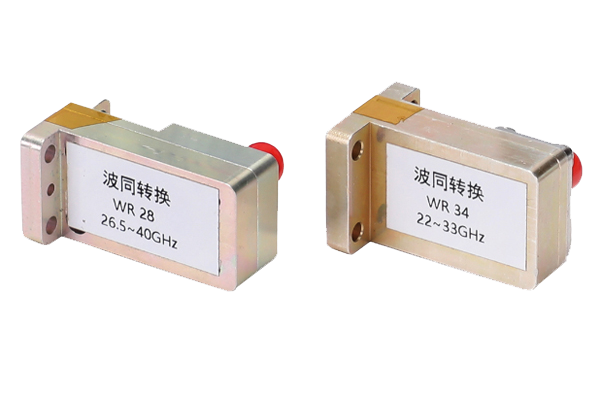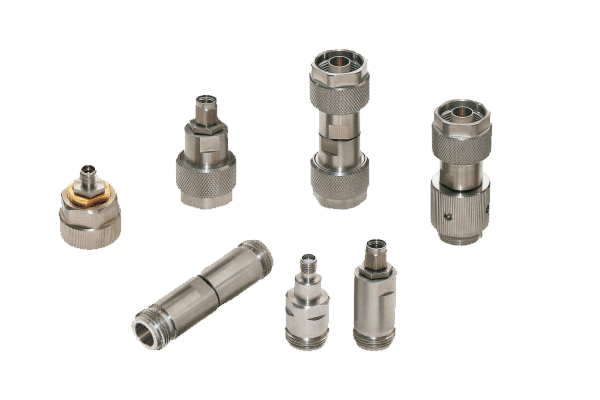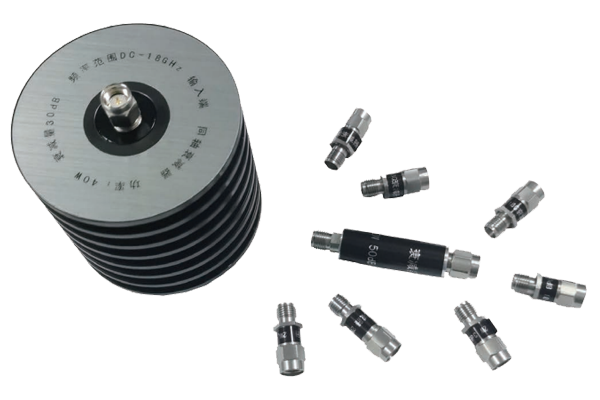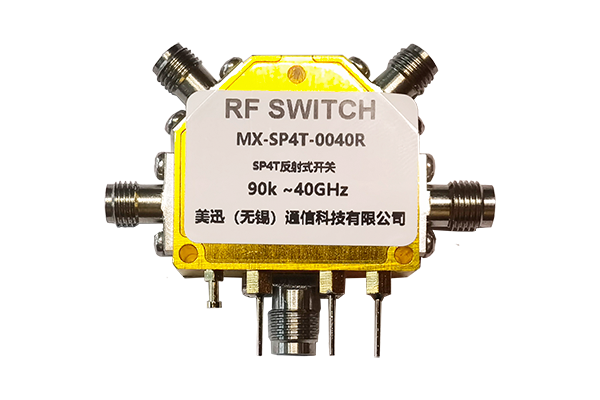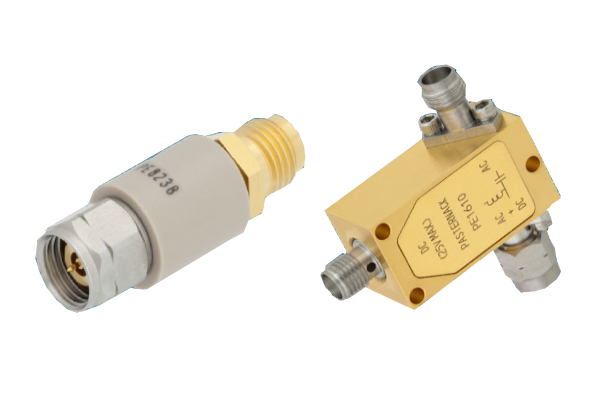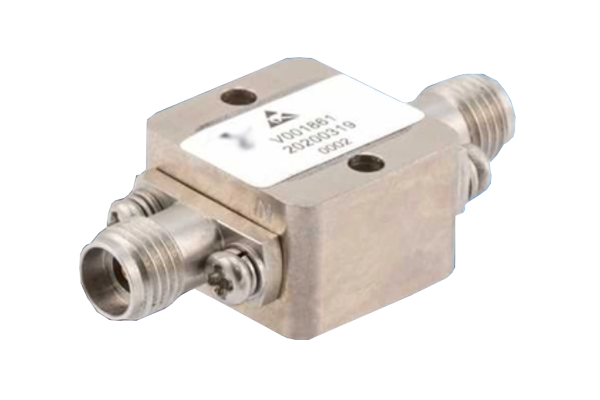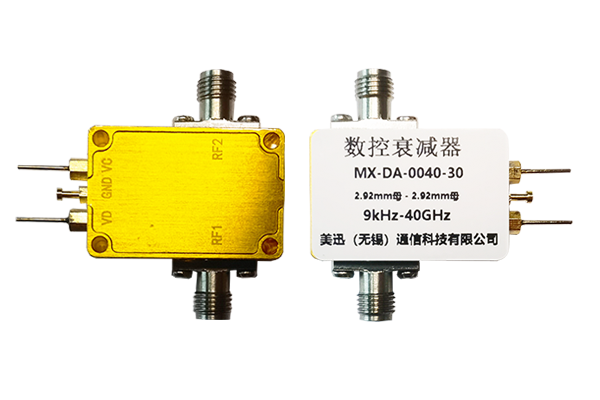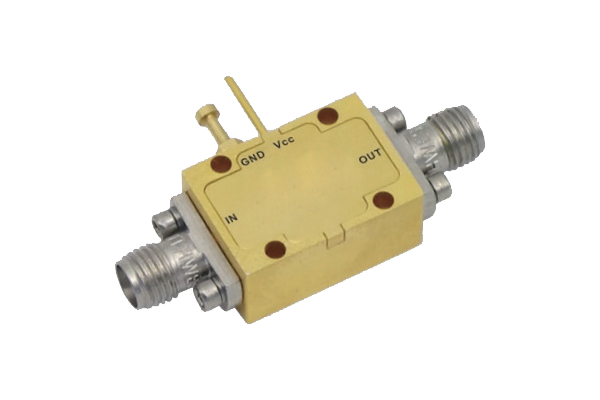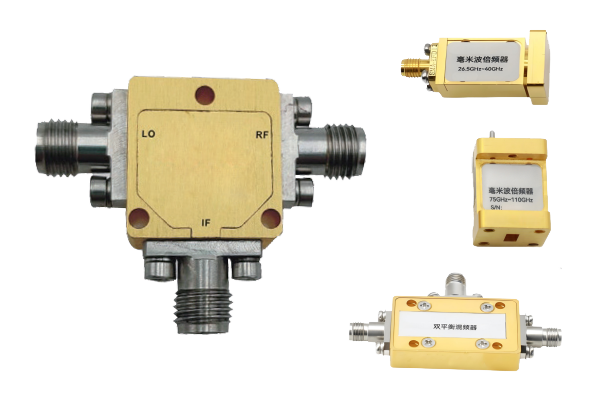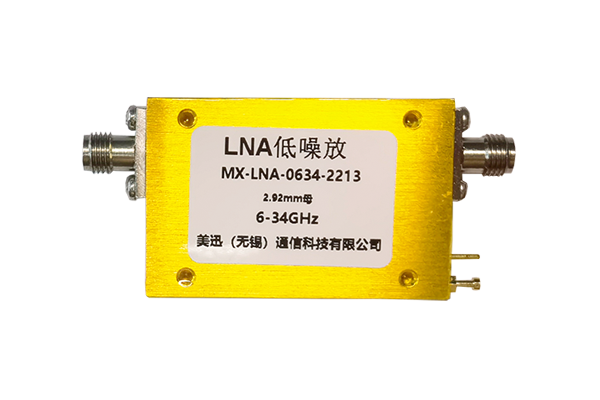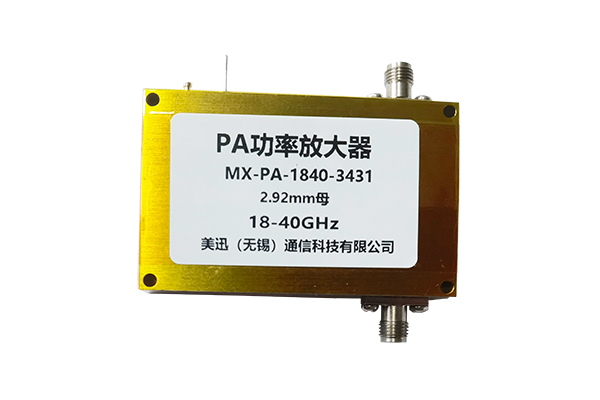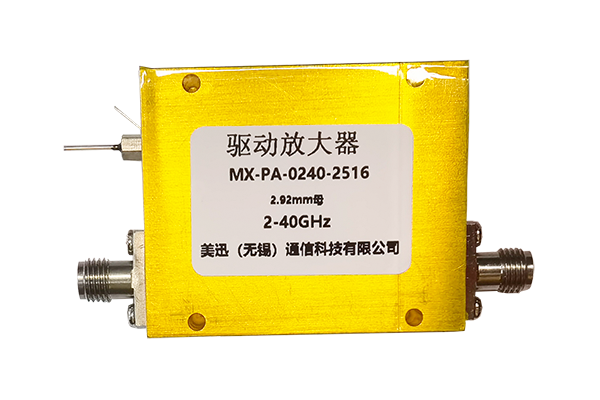What are the development trends of RF power amplifiers
RF Power Amplifiers Technology Trends
Key development directions for next-generation RF power amplifiers
Higher Performance
As communication, radar, and other fields demand higher signal quality and transmission distance, RF power amplifiers must achieve higher power density, delivering greater power within limited space. At the same time, they must continuously optimize efficiency, reduce energy waste, improve linearity, and reduce signal distortion to meet the amplification needs of complex modulated signals and ensure accurate information transmission.
Miniaturization & Integration
To adapt to increasingly thin and portable electronic devices, RF power amplifiers will utilize advanced packaging technologies and optimized circuit design to reduce their size. They will also be integrated with other RF components, such as filters and antennas, to form highly integrated modules, reducing line connection losses, improving overall system performance, and facilitating device miniaturization.
Intelligent Development
The introduction of artificial intelligence and adaptive algorithms enables RF power amplifiers to sense operating environment and signal changes in real time. They automatically adjust parameters such as power output and gain to ensure optimal operation in various scenarios, enhancing system flexibility and reliability, and better adapting to complex and changing communication environments.
New Materials
Wide bandgap semiconductor materials such as gallium nitride (GaN) and silicon carbide (SiC) are gradually emerging in RF power amplifiers due to their advantages such as high electron mobility and high breakdown voltage. Compared to traditional materials, they enable higher frequencies and greater power output, while also improving efficiency and heat dissipation, significantly boosting RF power amplifier performance.
Green Energy Conservation
Amid the global push for energy conservation and emission reduction, reducing power consumption has become a key development direction for RF power amplifiers. By optimizing circuit design and improving manufacturing processes, energy efficiency can be improved and device operating energy consumption can be reduced. This not only reduces operating costs but also helps mitigate the environmental impact of electronic equipment, aligning with the concept of green development.
Key Benefits of Advanced RF Power Amplifiers
- Higher power density and efficiency
- Reduced signal distortion for complex modulated signals
- Smaller form factor for portable devices
- Improved integration with other RF components
- Real-time adaptive parameter adjustment
- Enhanced performance with wide bandgap semiconductors
- Lower energy consumption and environmental impact




